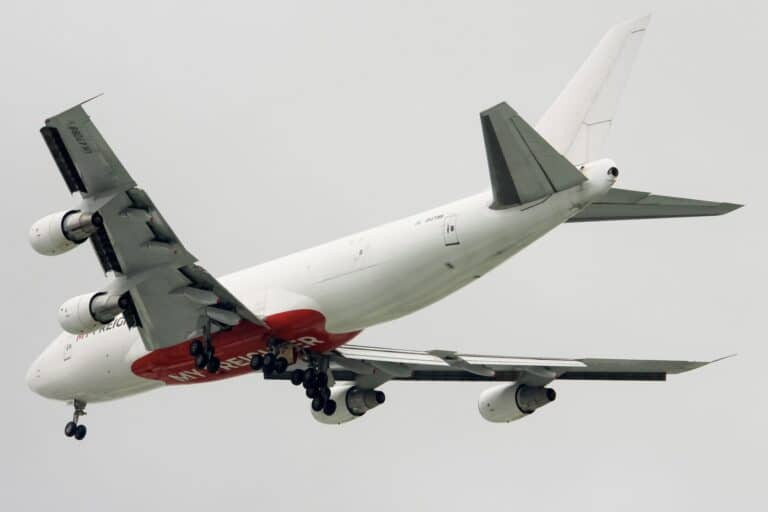The recent contract season in the freight industry has been a rollercoaster, highlighting the volatile nature of the market and need for more reliable practices.
Here are the key points:
Early low rates
Initially, rates were locked in around US$1550 per container from Asia to the US West Coast. This early agreement gave an illusion of stability, with all parties seemingly content. The initial rates appeared to be a win-win situation, with Beneficial Cargo Owners (BCOs), forwarders, and carriers all satisfied with the arrangement. The expectation was that this would set the tone for a smooth and predictable shipping season.
Broken promises
However, these agreements did not hold. As the season progressed, the rates skyrocketed from $3000 in mid-April to $6200 by 1st June due to General Rate Increases (GRIs) and Peak Season Surcharges (PSS). This drastic increase disrupted logistics plans and strained budgets. Many companies that had budgeted based on the initial low rates found themselves facing unexpected financial pressures. The volatility led to inefficiencies in the supply chain, as companies scrambled to adjust their logistics strategies.
Blame game
In the midst of these disruptions, a blame game ensued. Forwarders blamed carriers for not releasing space, while carriers attributed the rate hikes to market conditions. This finger-pointing underscored the lack of accountability. Instead of collaborating to find solutions, each party sought to deflect responsibility. This stance further eroded trust and cooperation within the industry, making it harder to navigate turbulent conditions.
Flimsy agreements
The issue was that most “contracts” were actually non-binding service agreements. This made it easy for carriers to back out when rates spiked. The lack of enforceable terms further destabilised the market, as parties could not rely on commitments. When rates surged, carriers favoured moving containers at higher spot rates rather than honouring low-rate agreements. This lack of binding commitments led to mistrust and opportunism.
Volatility
The freight industry remains extremely volatile, with rates swinging wildly. This unpredictability makes long-term planning challenging and undermines confidence in contract agreements. The sharp fluctuations in rates can be attributed to various factors, including geopolitical tensions, economic shifts, and seasonal demand changes. This volatility affects all stakeholders, making it difficult to maintain stable and predictable operations.
Need for sustainable practices
To mitigate these issues, shippers should focus on building strategic partnerships. This includes ensuring fair deals, transparent contract terms, and accountability mechanisms to foster trust and stability. One solution is to implement more transparent and enforceable contract terms that include penalties for non-compliance. This would ensure that all parties are held accountable and reduce the likelihood of broken commitments.
Additionally, adopting index-linked contracts that adjust rates based on a verified index, such as the Freightos Baltic Index (FBX), can help align contracted rates with the market. This approach reduces the incentive for carriers and shippers to renege on agreements, ensuring more reliable pricing. Furthermore, utilising freight derivatives like Forward Freight Agreements (FFAs) can provide a financial cushion against rate fluctuations. By engaging in freight futures trading, BCOs can protect themselves from sudden rate changes, offsetting losses with gains from derivatives.
Freight forwarding leader Freight Right Global Logistics engages in Strategic Contracting™ that involves all these solutions. Their list of clients who look beyond annual negotiations is increasing, as more companies seek longer-term stability and reliability in their logistics operations.
By adopting these sustainable practices and focusing on strategic partnerships, the freight industry can navigate these turbulent waters more effectively. Ensuring fair profit margins, accountability, and adaptable contract terms can help build a more reliable and resilient logistics network. As the industry continues to face volatility, these measures will be crucial in fostering stability and long-term success.




